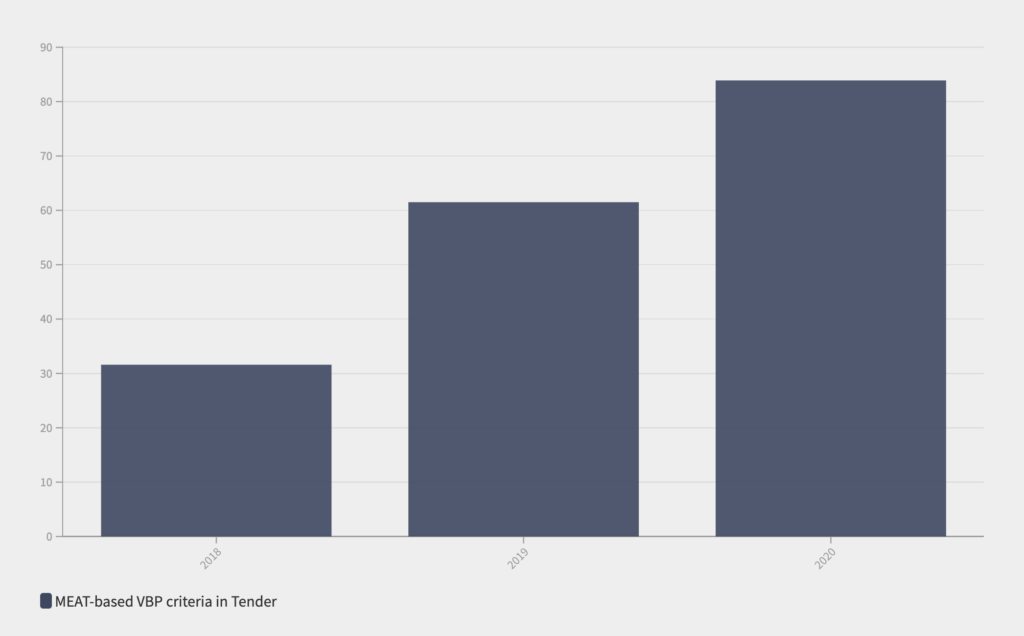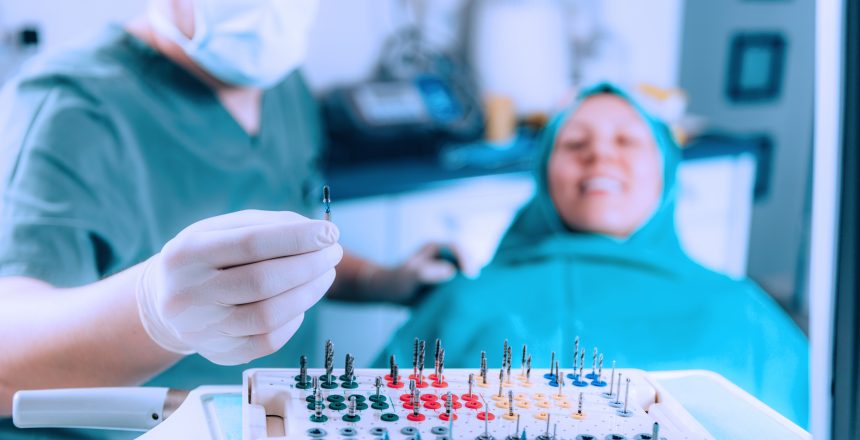MEAT-Based VBP Criteria Evident in 80% of Tenders for Implantable Devices in Italy
In the last decade there has been a recognized need to improve the efficiency of procurement in healthcare to maximize budgets, improve product quality and innovation, and deliver better value for money. This has led to a process referred to as value-based procurement (VBP) which includes introducing standardization to reward innovation, with more emphasis on decision-making by involving procurement and finance professionals into the decision mix. However, as procurement professionals are typically not directly involved in the clinical practice and are isolated from procedure outcomes, cost reduction has been prioritized over long-term clinical benefits—a situation that does not necessarily achieve the goal of delivering increased value. As a result, physicians are again being included in the decision-making process, along with many other stakeholders, as procurement organizations try to understand value-based healthcare concepts and how to achieve them. This is not an easy task for many reasons, including the potential for fragmented health systems to have counteracting incentives, lack of a quick feedback loop due to long billing cycles, privacy laws that may impede merging data for analysis from varied sources, and a general mistrust among parties due to a lack of knowledge. To provide clarity on VBP as it stands today, along with an outlook for the impact of VBP on medical technology, Vamstar’s AI-driven healthcare and life sciences marketplace is indexing the criteria on its platform. The system dissects the entire contracting landscape in a way that recognizes when VBP is possible and extracts a template to implement a win-win VBP contract.
One of Vamstar’s findings is that tenders featuring value-based procurement and risk sharing agreements are growing 22% annually across Europe. Closely linked to the ‘most economically advantageous tender’, or MEAT, concept (a cost-effectiveness approach where the best price is not necessarily the lowest price), value-based criteria is increasing at even higher rates in certain product categories. For instance, the figure illustrates the growth of VBP criteria for implantables in Italy, specifically this includes cardiac rhythm management devices, stents, heart valves, intraocular lenses, orthopedic implants, and neuromodulators.
Share of select Italian implantable device tenders with MEAT-based VBP criteria

For the select devices under study, the first appearance of VBP was in 2016 at which time its presence was found in only 5% of tenders. During 2020 it jumped to 84%, with qualitative and technical characteristic (non-price) criteria such as clinical condition dependent programming, storage capacity, quantity of physiological sensors, algorithm specifics, finish, and type of retention material to name a few.
Why is this important?
Pricing pressures, increasing competition, procurement complexity, and regulatory hurdles are intensifying across the medtech sector and Vamstar estimates that there is 5% revenue leakage across the industry. Further, the convergence of pricing, regulatory, and other market forces is placing additional pressure on the performance of the medtech industry—compelling companies to do more with less. Current legacy systems, data platforms, and commercial processes within supplier organizations are not built for the emerging landscape. To maximize the market opportunity and drive value through innovation, medtech companies need to transform their commercial model and leverage data and decision-support technologies to build best-in-class commercial capabilities. Companies must address the shift towards value-based healthcare by focusing on data mapping, demand shaping, targeted engagement, and expanded price-value proposition while ensuring that there is a significant improvement in the overall cost structure.
As the largest healthcare marketplace bidding platform, Vamstar is uniquely placed to assist companies with navigating VBP. Vamstar’s marketplace aggregates $2 trillion of demand for healthcare products and services using machine learning, providing real-time market insights to enable faster bidding. Beyond Vamstar’s unique capability to identify VBP, Vamstar is further qualified to:
- Size markets with a holistic view of the demand environments at the region, country, sector, and channel level.
- Assess risks and opportunities in over 75+ countries and 20 medical technology sectors with analysis of key regulatory, economic, and operational factors impacting the supply-and-demand environment.
- Forecast market trends with analysis of the factors impacting business conditions using Vamstar’s AI-based Marketplace Platform™, key buyer and supplier indicators, and industry expertise.
- Plan for alternative outcomes with a cutting-edge forecasting model that links interdependent markets, and access to highly experienced analysts, researchers, and consultants.

